Innovations for Educational Facility Design
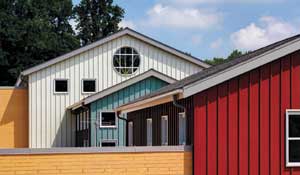 |
At Bells Mill Elementary School in Potomac, Md., the unique look of the colorful roof cladding belies the strength and durability of the system. Architect: Walton, Madden, Cooper, Robinson, Poness, Inc. Photo courtesy of Petersen Aluminum Corp. |
Taken together, these core ideas have accelerated the adoption of novel concepts intended to facilitate learning. "Increased transparency of the educational setting is one outgrowth of this confluence of needs, meaning reduced barriers and more glass and moveable or operable separations," says Matt Thomas of NanaWall Systems in Mill Valley, Calif., a maker of operable glass wall systems. "Educators value those visual links, and the improved communication allows teachers and students to relate better." Classrooms can also be converted into shared spaces or other uses, and growing interest in outdoor learning venues has also increased the need for convertible walls.
"Part of acknowledging the varied ways students learn is the recognition that not all learning happens behind the walls of a classroom," says Quattrocchi. "Outdoor learning can provide superior education opportunities including individual contemplative work, group student projects or entire classroom work."
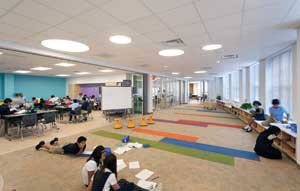 |
Operable glass walls can increase the transparency and flexibility of the educational setting. At the LEED Gold STEM Academy in Champaign, Ill., the architects Cannon Design and Bailey Edward Design used glass partitions to improve visual links and create larger class spaces. Photo courtesy of NanaWall Systems |
Increased transparency also translates into improved observation and security. "Fire-rated glass separations are being used more in school environments – as opposed to opaque surfaces or traditional wire glass – and not just to improve fire protection," says Diana San Diego, director of marketing for San Francisco-based Safti First, which produces fire-rated glass and framing systems in the United States. "Fire-rated glass multitasks, bringing in daylight and reducing electrical lighting loads while improving safety and helping educators observe student activity in challenging areas such as egress stairwells."
The benefits of daylight on student performance and teaching efficacy are well established. The seminal "Daylighting in Schools" study in 1999 by Heschong Mahone Group of Fair Oaks, Calif., demonstrated that natural lighting markedly boosts math and reading test scores. Another study by the California Energy Commission showed how outdoor views can boost mental function and memory recall by up to 25 percent. These findings inform new educational practices as well as certifications like CHPS and LEED for Schools.
 |
The University of Michigan Law School blended a historical restoration with a contemporary addition including a glazed space-frame canopy, designed by Huntman-Cox and Integrated Design Solutions. Stained glass windows in the 1933 limestone walls were mated with 2-hour rated fire-resistive glass panels to preserve the original look. Photo courtesy of SAFTI FIRST |
Notice
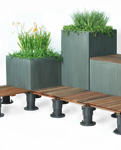
www.BisonIP.com
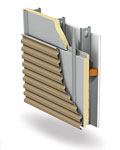
www.buildbetterwalls.com

www.price-hvac.com/sustainable
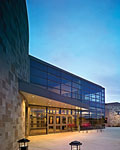
www.sunguardglass.com
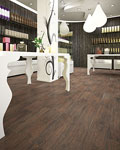
www.floridatile.com
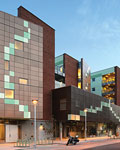
www.dri-design.com
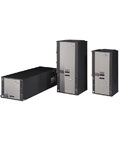
www.climatemaster.com
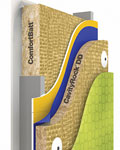
www.roxul.com
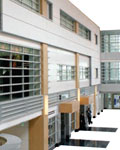
www.safti.com
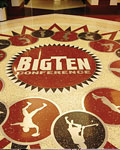
www.ntma.com
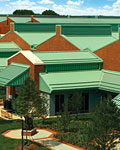
www.PAC-CLAD.com
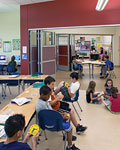
www.Nanawall.com









